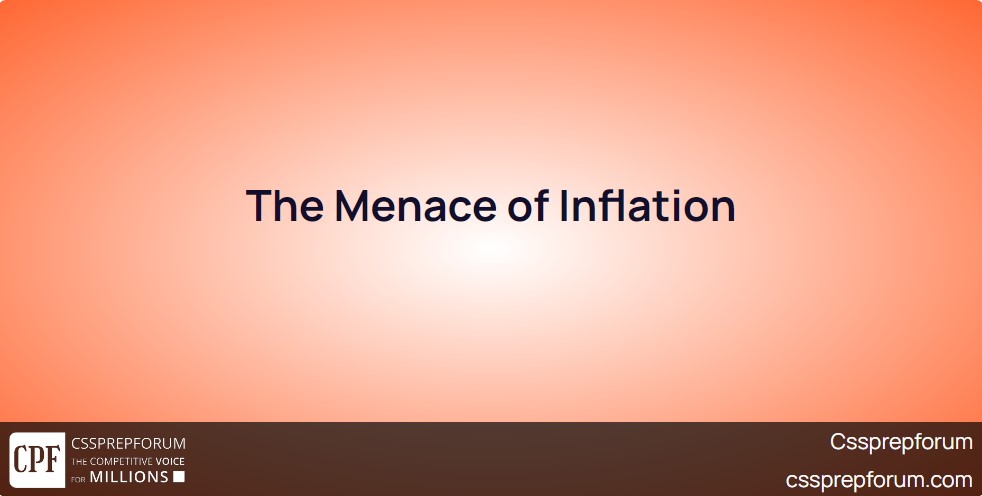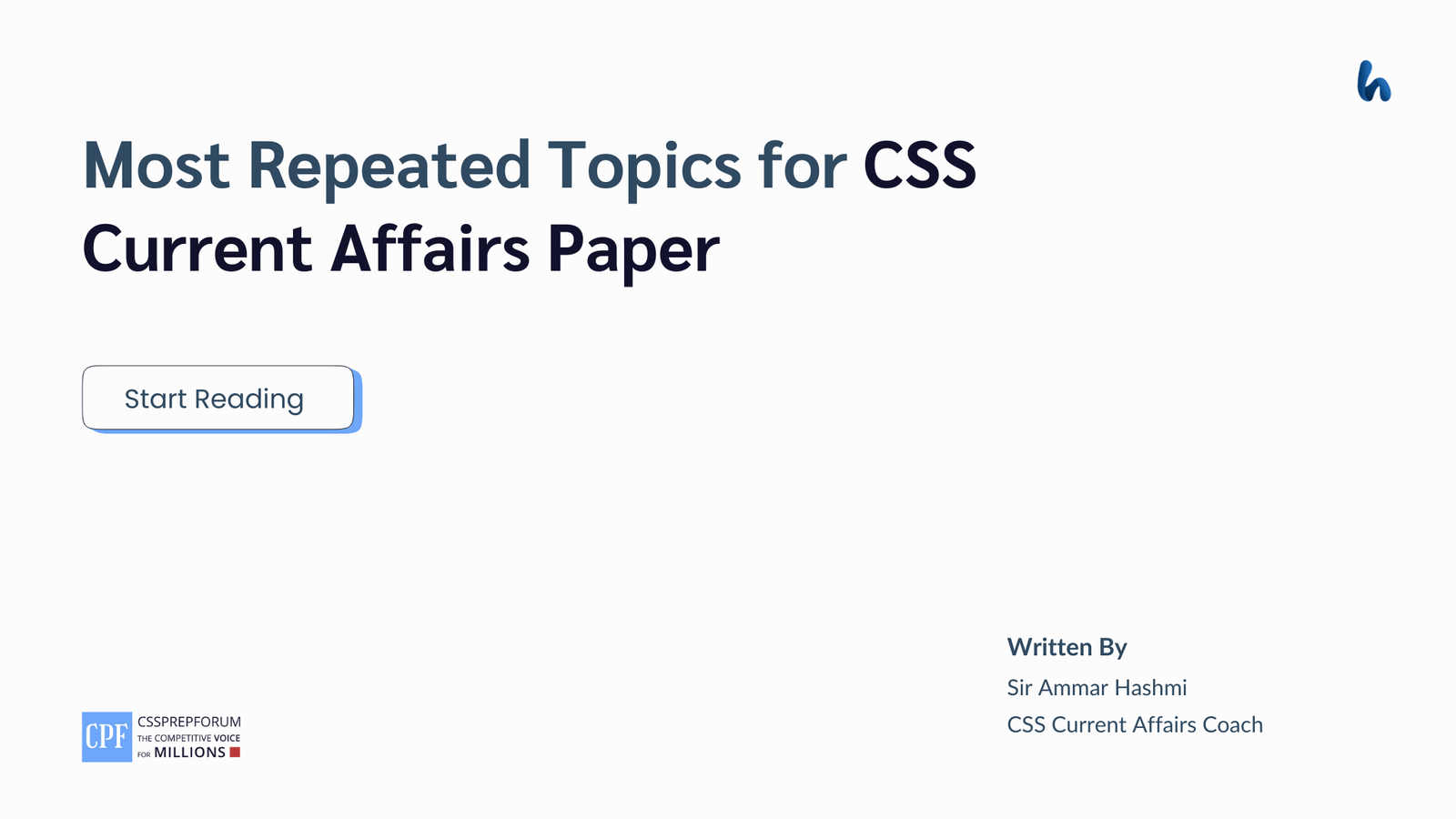Written By Irum Moin
Outline
- Recent Inflation Stats & its Impacts
- Inflation in High-Growth vs Low-Growth Economy
- Biased Inflation Measurements
- Phases of Inflationary Pressure
- Devaluation
- Adjustment in Energy Prices
- External Supply Shocks
- 2008 Economic Crisis
- Implications of High Inflation
- Impacts on the Welfare of Less-affluent and Vulnerable Households
- Higher Costs and Greater Uncertainty for Business
- Intensification of the Economic Slowdown
- Inflation Erodes Political Capital and Legitimacy
- Steps to Rein in Inflation
- Short-Term Measures
- Improving Supplies of Essential Commodities
- Subsidising Purchases by the Poor
- Postponing Electricity Tariff Increases
- Accelerating Recoveries and Theft-Reduction
- Subsidising Public Transport Fares
- Long-Term Measures
- Improved Governance
- Responsible Policy Framework
- Better Management of Stocks of Essential Commodities
- Improved Data Governance
- Short-Term Measures
Recent inflation data is worrisome. After months of a tight monetary stance and a contractionary fiscal policy, a bounce in already elevated inflation has placed a crushing burden on households, rocked the financial markets, and stunned the government.Headline CPI inflation for January has spiked to over 14 per cent year-on-year, a multi-year high, with food inflation surging to 19.5pc for urban consumers and 23.8pc for rural households.
For an economy on the up, with high rates of jobs-creating growth and rising incomes, even a moderately high rate of inflation is generally tolerable, in that it does not cause as much pain to households as inflation in a low-growth, rising-unemployment environment.
While the government has had to contend so far with a sharply slowing economy, inflation has suddenly appeared as another 800-pound gorilla in the room.
With a systemic bias towards under-measurement, it is likely that the actual inflation level is even higher. (It is worth noting that the average price of wheat flour in Islamabad for January was recorded by PBS at Rs47 per kg, while the retail price was around Rs75-77 per kg.
Similarly, the price of eggs and some staple vegetables used in the inflation measurement recorded significant deviations from prevailing market prices.)
The current, on-going episode of inflationary pressure in the country has four distinct phases going back to the second half of 2018.The first major impulse came from the steep adjustment of the Rupee that came about as a result of the parlous state of the external account left behind by the PML-N government. The steep drop in the value of the Rupee re-priced all imported goods, most notably petroleum products.
The knock-on effect on the cost of transportation and agricultural inputs flowed into the price of agricultural commodities and eventually into the food consumed by Pakistanis.A second impulse to inflationary pressure has come from the sharp, and periodic, increase in the administered price of energy.
When the effect of the massive hike in gas tariffs undertaken in late 2018 finally wore off, supply disruptions and strikes by transporters bumped up food inflation from around the third quarter of 2019. The final major impulse has come from avoidable shortages caused by the government’s mishandling of the country’s wheat and sugar stocks.
The spike in inflation is not completely unprecedented. In the wake of the 2008 economic crisis under the PPP government, inflation soared to over 27pc briefly before pulling back sharply.
It can be argued that, in the case of the first three factors providing impulse to inflationary pressure (‘devaluation’, adjustments in energy prices, external supply shocks), the government was not entirely culpable. However, the handling of the wheat and sugar situation is a governance issue, and hence endogenous.
In this particular case, which has eerily similar shades to the wheat and sugar crises in Musharraf’s tenure, with more or less the same pantheon of figures in the corridors of power, stocks were misreported, the Economic Coordination Committee first took counter-intuitive decisions and then delayed ones to rectify the damage, and there was a complete lack of coordination between the center and at least one province (Sindh).
The governance failure highlights systemic issues that predate the present government, but ones it was expected to begin addressing by now. The current crisis has underscored the continued ease of policy capture by vested interests that have created and benefited from, artificial shortages and mismanagement of stocks.
The crisis has also highlighted the coordination failure with provinces, which has become a larger post-18th Amendment. It has also underscored data governance weaknesses, as well as stock management and storage issues of essential commodities.
The governance failure highlights systemic issues that predate the present government, but ones it was expected to begin addressing by now. The current crisis has underscored the continued ease of policy capture by vested interests that have created and benefited from, artificial shortages and mismanagement of stocks.
The crisis has also highlighted the coordination failure with provinces, which has become a larger post-18th Amendment. It has also underscored data governance weaknesses, as well as stock management and storage issues of essential commodities.
The implications of persistently high inflation, especially food inflation, on the welfare of less-affluent and vulnerable households is not hard to imagine — and difficult to ignore.
It first and foremost means that within a tightening budget constraint, hard expenditure choices are being made — between food and medicines, utility bills and children’s schooling, doctor’s visits and recreation, etc.
For businesses, it means higher costs and greater uncertainty, not least with respect to the next move by the central bank viz interest rates. In this situation, businesses postpone new investments even further, leading to an intensification of the economic slowdown. For the government, high inflation erodes political capital as well as its legitimacy to govern.
While persistently high inflation can be self-fulfilling via entrenching expectations, the supply-side nature of the current episode brings into focus the appropriateness and effectiveness of interest rates as a policy instrument.
While SBP has flagged a wage-price spiral as a potential concern, it is unlikely in depressed economic conditions where there is likely to be an excess supply of labor. So what can policymakers do to rein in inflation, other than relying on monetary policy? The current bout of inflation is a complex interplay of external, institutional, structural, and policy factors; hence, the response needs to be multipronged.
In the short run, improving supplies of essential commodities, subsidizing purchases by the poor and less affluent, postponing electricity tariff increases and accelerating recoveries and theft-reduction to compensate, and subsidizing public transport fares are some measures that can be taken.
With regard to public transport fares, the government should immediately restore the subsidy on metro buses which it had axed a year ago.
If Pakistan had sufficient forex reserves, a tempting policy option could have been to allow appreciation of the Rupee. This would have worked in the short run, but its effects on the export sector would have been negative.
In the longer term, improved governance provides a potent antidote. This includes a responsible policy framework, not one where macroeconomic stabilization is a primary and exclusive objective but one where the welfare of the average Pakistani is also at its core, better management of stocks of essential commodities, and improved data governance.
Better governance will perforce also entail an explicit framework to manage conflicts of interest in government.
For #CSS_2021 & #CSS_2022, top 100 Essays, Solved Past Papers from 2000 to 2020, and daily blogs, opinions, and articles like CSS Prep Forum.
If you know any teacher who can help students prepare any optional subject, such as political science, international relations, public administration, criminology, etc. then write for us. Moreover, if you have anything that can help students prepare for the CSS exam, kindly feel free to send us. We will publish so that we can collectively help hundreds of thousands of aspirants preparing for a successful future. Let’s get your stories published with us. Like & Follow us at Facebook & Instagram












